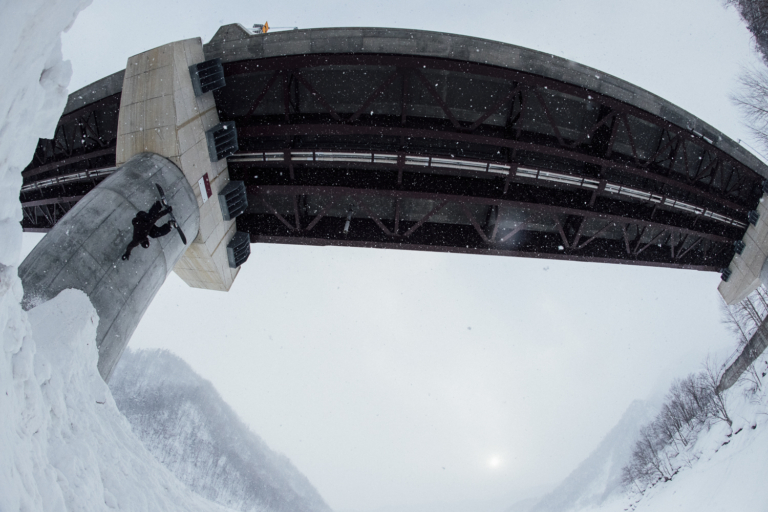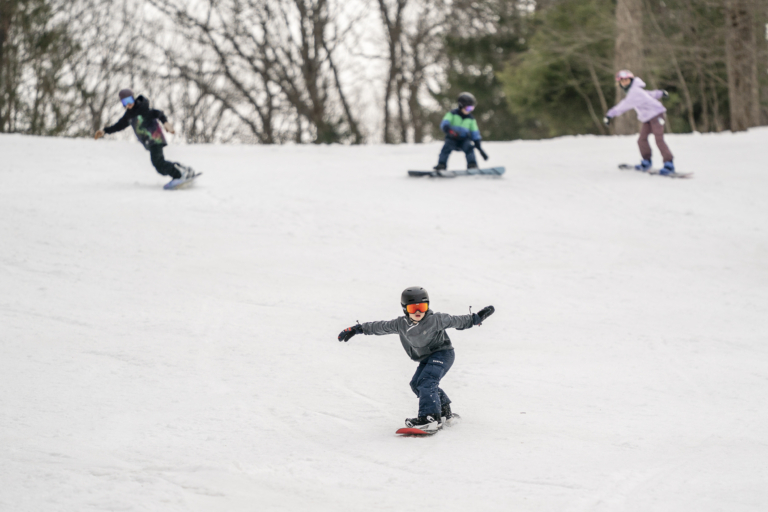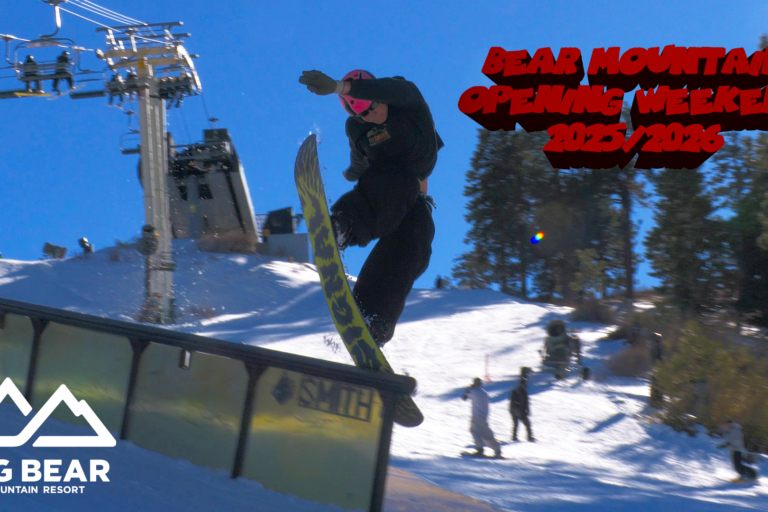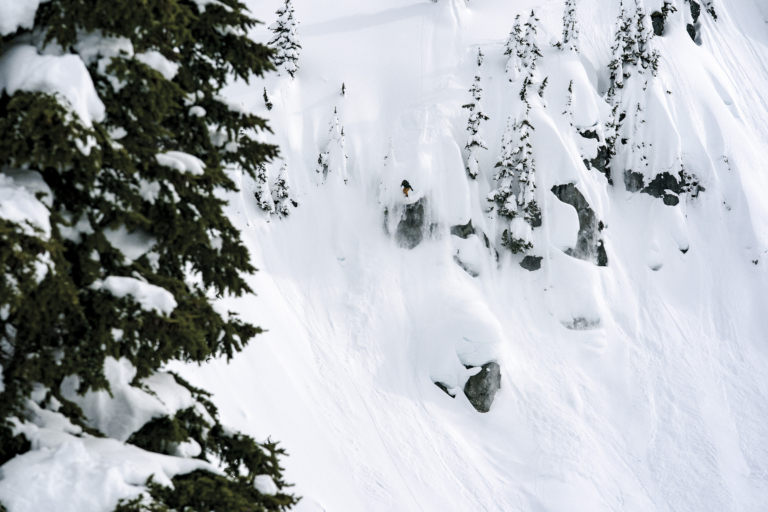Yeah, you read that right, and if you’ve ridden the Rome Mod since it entered the Rome Snowboard Design Syndicate’s line thirteen years ago, you probably agree.

2008 – Released for the 2008 season, the original Mod graced the pages of SNOWBOARD Magazine in our park board test, where we put a selection of freestyle-centric boards through the paces for a few weeks at Bear Mountain, starring their always-amazing park crew. I had ripped around on the Mod for a day before the shoot and made damn sure that once we were done photographing the park crew riding it, it was going home with me. It was invigorating. Aggressive. Stable. Trustworthy. Sounds like an ironing board, right? Well, it was also incredibly nimble. To me, the Mod has always been a paradoxical board. It walks a tightrope between being a bat-out-of-hell charger that you can also operate with surgeon-like precision in the streets.
The original Mod came out in an era of mostly popsicle-stick-shaped boards with continuous-radius tip profiles. The elongated, tri-radiused twin tip and tail of the Mod was so utilitarian. The tip blends at the contact points are also elongated, making for a smoother feeling on edge as the board slices through the snow, especially in soft or inconsistent surface conditions.

Tip to tail, the flex of the original Mod is firm in the waist, softening a bit outside of the bindings. Again, this was a relatively new concept at the time, and keep in mind, this board came out the same year as another favorite board of all time, the Lib Tech Skate Banana. (We’ll save that story for a different day.) Anyway, the Mod’s flex pattern left loads of energy in the waist of the board but kept the carbon-backed tip and tail playful and super energetic when you needed them to snap to action. Also, torsionally, the Mod was actually pretty soft between the bindings, which gave it an incredibly nimble feel at lower speeds, especially approaching rails, when every little bit of touch and feel can make all the difference between make or a break.
The resulting package was a board that you could just let run and hold on for dear life, knowing that it would never falter. The bigger the jumps, the more at home the Mod was, but it also loved jibbing. At the time, it really was the perfect all-resort true twin.

2012 – Skip ahead a few years, and in 2012, Rome added a reverse cambered version of the Mod—the Mod Rocker—to their line, and while doing all of the product testing for Snowboarder Magazine at the time, again, it ended up in our park board test: a week-long torture test throughout Mammoth Mountain’s world class Unbound terrain parks. Now, if you’ve ever ridden any board model in both reverse and cambered, they are generally night-and-day different. Yeah, they might have the same shape, but it takes just the right touch in developing them to keep things congruent. Two turns into Main Park at Mammoth, and I was already in love. The Mod Rocker was an instant flashback to that original Mod, the last one I had ridden a few years prior. It was exhilarating, and immediately my favorite board of the entire stable of 2012-13 park decks.
While there were many comparisons to the original 2008-09 Mod, like the assurance at speed, the confidence through the big jump line, and precision in approaches to rails, the Mod Rocker opened up a whole new realm of where the Mod could thrive on the mountain. It was immediately evident that the Mod Rocker didn’t only rule the park, but was also right at home in Mammoth’s trees and steeps.
Thanks to the Mod Rocker’s reverse camber, which rises outside of the bindings, the board loves getting its nose up, whether on a rail, powering through crud and chop, or floating in powder. Speaking of, the Mod Rocker’s aforementioned tri-radius tips give the tip and tail of the board a bit of extra surface area, which helps in powder. Now, don’t get me wrong, this isn’t the world’s best powder board, but the point of this whole story here is that the well-thought-out attributes of the Mod make it a veritable Swiss Army knife of a board.
Since obtaining this sweet stick, I’ve ridden many, many other boards, but I keep coming back to the 2012 Mod Rocker, and (not to brag) have taken it all over the globe with me, chasing pros, camera-in-hand. This teal-topsheet trail terrorizer has bonked barrels in Bear, tailblocked terrain in Hintertux, pumped the Palmer pipes at Mt. Hood, survived the Swiss Alps, and even done Japans in Japan! It is, quite literally, my all-time favorite snowboard. I have thrown everything I can at it and it has gladly accepted each and every challenge.

2021 – But what about the newest version of this breed? For the Mod’s thirteenth year, Rome has two versions of the board available: the Ståle Mod and the Party Mod. The difference? The shape of each is identical, but as with everything in life, it’s what’s on the inside that counts. The Ståle version has camber and is loaded with additional carbon for loads of pop. It’s as aggro of a park board as you’ll find—and is often found atop podiums. If you’re not a pro or semi-pro, and appreciate the playfulness that comes with reverse camber, but still like a board that you can charge into any situation with, the Party Mod is your jam.
The profile of the Party Mod checks all of the boxes for a quiver killer. Carbon rods in the tip and tail drive energy from the corners of your binding down to the center of your tip and tail, resulting in mega pop without making the board too responsive on edge. The stiffer midsection of the Party Rocker serves as a secure place to do business from. You think, it acts, and with a most friendly sort of authority. This thing is electric. It is smooth, grabs on groomers, launches lips, and rocks rails. It is exhilarating, yet comforting, all at once.
The only problem that I foresee with the Party Mod, is that it might be time for me to hang up the version which has continued to bring endless satisfaction over the past nine years, and step into the future.







